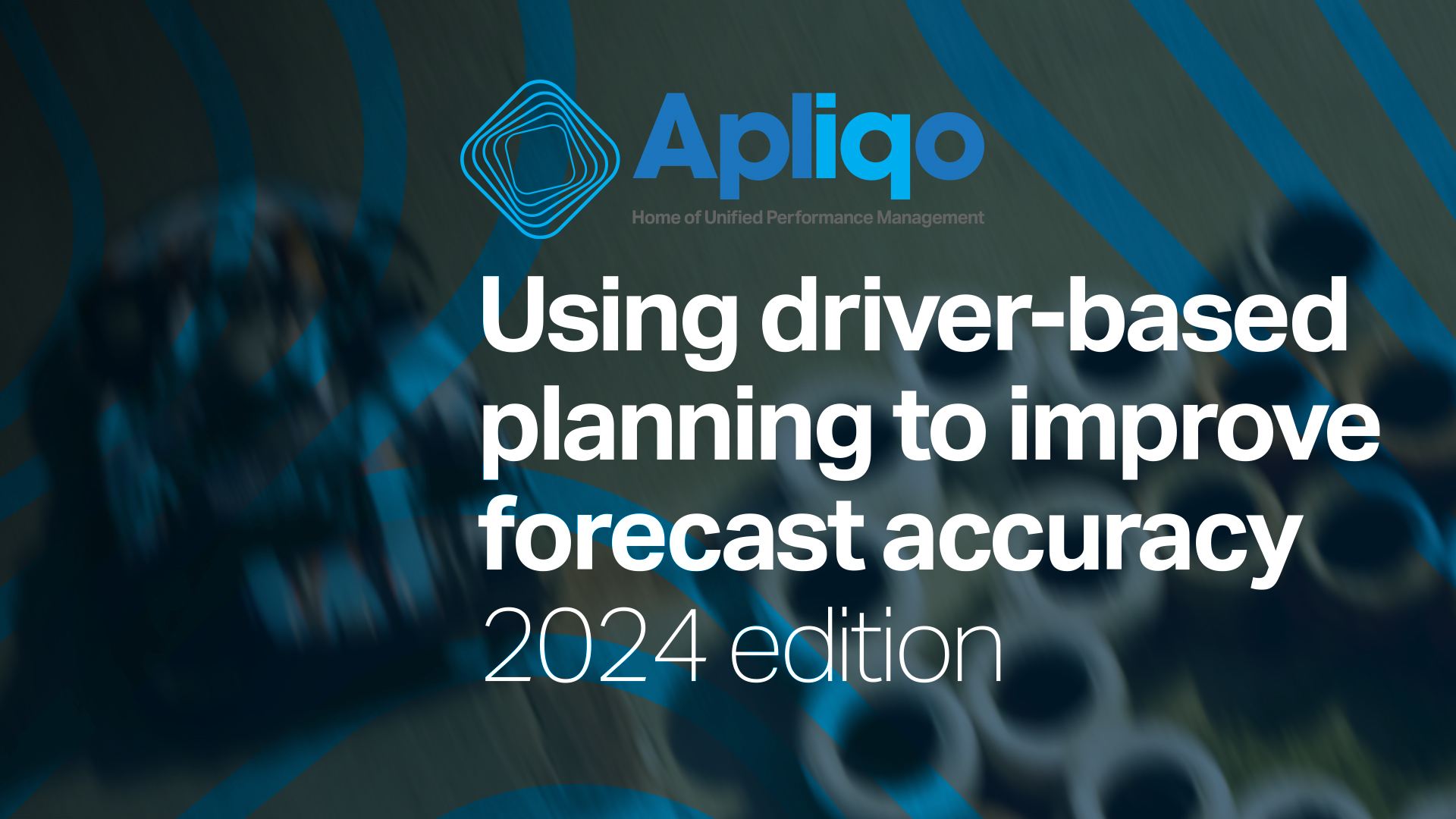Shareholders invest their funds in companies, putting their wealth at risk with the intention to receive a greater amount in return. If this is accomplished, in general, this can be considered value creation.
The purpose of this White Paper is to highlight the methodologies used by companies to manage their value creation process based on VBM (Value Based Management) and to demonstrate how they align this with the Unified Performance Management (UPM) framework.
From an accounting perspective, profit can be defined as the amount of income exceeding costs. In many cases, this simple perspective is sufficient to define value creation.
Economic profit is defined as the amount by which cash inflow exceeds the costs associated with all factors. This not only includes expenses incurred in operating the business but also the cost of capital invested in the business.
As companies became more complex – mainly driven by globalization and technological developments, driving efficiency and growth – factors such as time differences, depreciation and amortization of assets, book versus tax accounting policies, and investments such as inventories and accounts receivable cause profits to become more difficult to measure. In addition, the continuous changes of international accounting standards (e.g. US-GAAP or IFRS) have led to more complexity with regard to the correct valuation of assets and liabilities. At the same time, the disparity between accounting profits and economic profits diverges more and more.
In order to create value, a company cannot only generate accounting profits, it must also generate economic profit to account for the cost of capital (usually referred to as WACC or Weighted Average Cost of Capital) and thus take into account the risk of investing in an asset. On the one hand, if a business does not produce sufficient return to generate Economic Profit, it will ultimately lose value. On the other, this also means that if a company only generates return that is equal to the cost of capital, the value of the company will remain the same, i.e. the shareholder will simply have swapped one asset for another with the same value.
Time plays a very important role in assessing the value of a business. Normally, measuring profit over just one year does not capture whether value has been created or not, as investments in a business typically generate return over a longer period of time. This period, known as the economic life of an investment, is the relevant period for value measurement.
Assessing the value of a company (or a group), a business unit, division or legal entity is more of an art form than a science. But well-designed processes and models support value assessment, help companies to evaluate risk and allocate capital efficiently to drive value – through VBM and UPM.


































